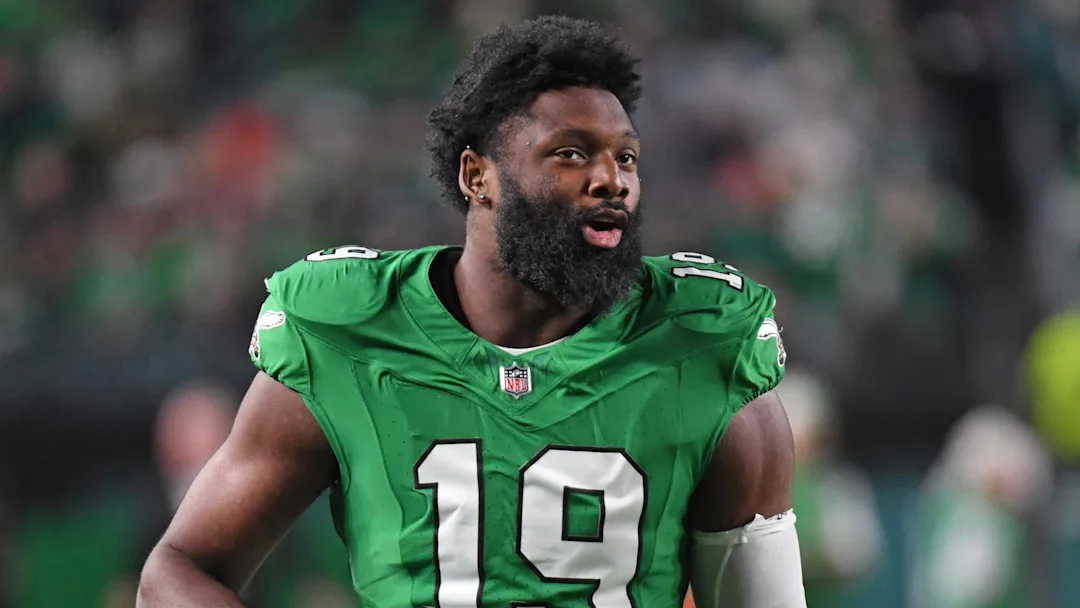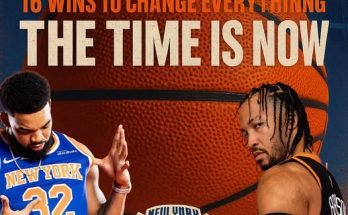The Arizona Cardinals entered the 2025 NFL offseason standing at a crossroads. Coming off a season filled with promise yet ultimately marred by inconsistency, they faced a defining moment—stick with what was familiar, or take a bold leap in a new direction. General manager Monti Ossenfort and head coach Jonathan Gannon chose the latter, embarking on one of the most high-risk, high-reward offseasons in recent team history. Now, with training camp approaching and expectations climbing, the question looms: Did the Cardinals do too much, too soon?
It started with a philosophical shift—one that emphasized youth, speed, and flexibility over star power and stability. Arizona let go of several veteran players who had anchored the locker room in recent years, including long-time contributors on both sides of the ball. While those moves freed up cap space and signaled a new era, they also left leadership voids that can’t be easily filled by draft picks or promising backups. The departure of safety Budda Baker, who was both a fan favorite and spiritual leader, epitomized this transition. Though his play had slightly declined, his locker room presence and leadership were invaluable—intangibles that can’t be measured on a stat sheet.
The risk wasn’t confined to departures. The Cardinals made waves by leaning heavily on the NFL Draft to reshape their roster, rather than relying on proven veterans in free agency. Arizona held 11 draft picks in 2025 and used them aggressively. Most notably, they selected wide receiver Marvin Harrison Jr. in the first round to give quarterback Kyler Murray a dynamic weapon. The pick was widely praised, but it also brought pressure. Harrison isn’t just expected to contribute—he’s expected to transform the offense. That’s a hefty burden for any rookie, no matter how talented.
But the boldness didn’t stop there. The Cardinals traded up multiple times to secure additional prospects they believed in, even if it meant sacrificing future draft capital. That strategy makes a statement: Arizona is betting that its young core can develop quickly enough to compete in a loaded NFC West. But betting on youth is always a gamble, especially when it means passing on experienced free agents who could offer immediate returns. Rookies rarely hit their stride in year one, and development can be unpredictable.
Free agency presented its own risks. The Cardinals chose not to chase top-tier names, instead opting for mid-level signings who fit Gannon’s scheme. While this approach may promote cohesion and avoid cap headaches down the line, it also leaves Arizona without marquee playmakers who can tilt the field in their favor. In a league increasingly driven by elite talent at premium positions, that restraint could be seen as caution—or overconfidence. The team’s decision to sign veterans on short-term, prove-it deals adds volatility. If those players overperform, it’s a stroke of genius. If they falter, it exposes the Cardinals to criticism for not investing more wisely.
Perhaps the biggest risk of all lies with Kyler Murray. The organization doubled down on him this offseason, restructuring his contract and building the offensive system around his unique skill set. In doing so, they sent a clear message: they believe Murray can return to his Pro Bowl form and lead this team to contention. That belief, however, is not without risk. Murray has faced questions about leadership, durability, and consistency. If he falters or fails to connect with Harrison and the new-look offense, the entire strategy could unravel. The front office is placing immense trust in a quarterback who still has much to prove.
On the defensive side, the Cardinals parted ways with key veterans and injected a wave of new talent through the draft and bargain free-agent deals. The goal is clear—build a fast, aggressive defense that can create turnovers and play sideline-to-sideline. But young defenses often struggle with communication, tackling, and discipline, especially early in the season. Gannon’s system demands mental sharpness and flexibility, and there’s a steep learning curve. If the pieces don’t click quickly, the Cardinals could find themselves surrendering big plays and losing the field-position battle week after week.
There’s also the matter of timing. The Cardinals’ division includes the San Francisco 49ers and the Los Angeles Rams—two teams with Super Bowl pedigrees and elite coaching staffs. By contrast, Arizona’s young roster and second-year coach will need to learn fast just to stay competitive. Betting on a rebuild while your rivals are reloading for deep playoff runs is inherently risky. It’s a classic boom-or-bust formula, where the upside is massive, but the margin for error is razor thin.
Even from a public relations standpoint, the Cardinals are taking a gamble. Fans were initially excited by the aggressive draft strategy and the Harrison pick, but patience can wear thin quickly if results don’t follow. Season ticket sales and fan engagement are directly tied to performance and perception. If the team stumbles out of the gate or if Murray underperforms, the fan base could grow restless, leading to external pressure that further complicates internal development. A young team under a media spotlight, especially one as hungry for a turnaround as the Cardinals, can quickly become a tinderbox.
To be fair, there is a method to the madness. Ossenfort is building a sustainable contender, not a one-year wonder. He’s focused on laying the foundation—athleticism, culture, and financial flexibility. The Cardinals now have one of the league’s most athletic rosters, brimming with upside. If even half of the young talent hits, Arizona could be a surprise contender as early as this season. The front office has also kept future cap flexibility intact, allowing for potential big moves in 2026 when the core has more experience and the team knows exactly where it stands.
Moreover, Gannon’s background as a defensive coordinator has already begun to shape the team’s identity. Practices are reportedly more intense and disciplined, and players are buying into the culture shift. The coaching staff has emphasized fundamentals, situational awareness, and accountability—traits that, if instilled properly, can help a young team punch above its weight. The key will be turning buy-in into execution. That’s easier said than done, especially in a competitive conference where every mistake is magnified.
Ultimately, the Cardinals’ offseason strategy is a study in controlled chaos. They’ve taken a clear direction—youth over experience, potential over pedigree—and committed to it fully. It’s a gutsy move, one that eschews the safer path of incremental improvement in favor of a possible leap forward. But with boldness comes risk. There’s no guarantee that Harrison becomes the next Larry Fitzgerald, or that Kyler Murray ascends into the league’s elite. There’s no assurance that the defense gels, that the free-agent flyers pay off, or that Gannon can manage the pressures of a rapidly evolving roster.
What’s certain, however, is that the Arizona Cardinals are no longer playing it safe. They’ve flipped the script, embraced the unknown, and dared to be different. Whether that risk yields a playoff berth or another year of growing pains remains to be seen. But in a league that rewards courage and punishes complacency, the Cardinals have made their intentions clear.
The NFL is a copycat league, but the boldest teams often set the trends, not follow them. Arizona has planted its flag as one of those bold teams. Now, all eyes are on the desert to see if that gamble will ignite a new era—or expose a franchise that flew too close to the sun.



